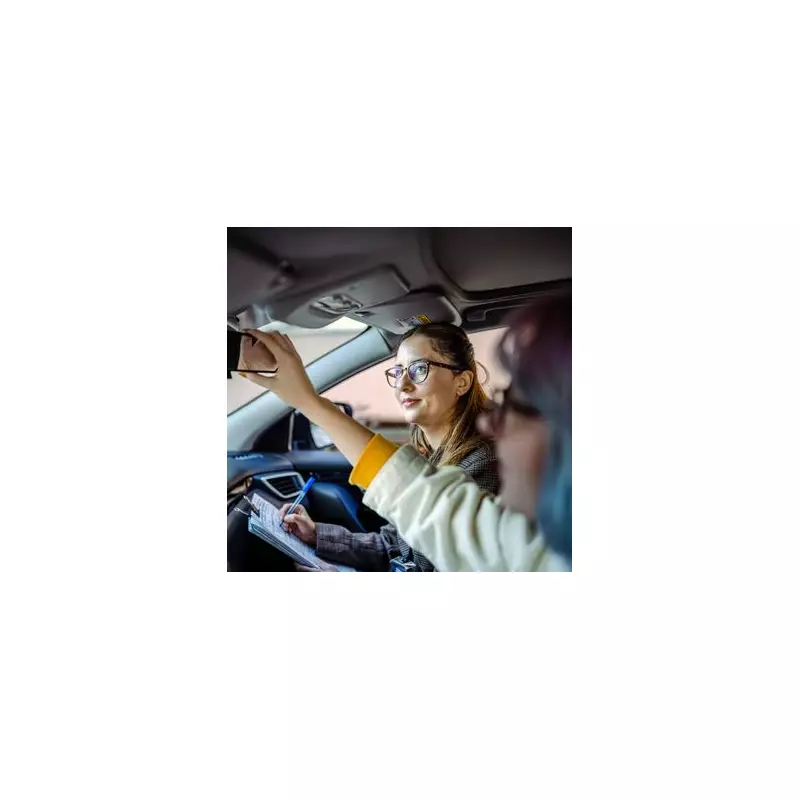
The Driver and Vehicle Standards Agency (DVSA) has issued essential guidance for learner drivers preparing for their practical test. Understanding the rules around faults is critical for turning a potential fail into a pass.
The Three Types of Driving Test Faults
When you are behind the wheel with an examiner, they assess everything from your parking to your observation of road signs. The DVSA categorises driving faults into three distinct types.
A dangerous fault is defined as one that involves actual danger to you, the examiner, the public, or property.
A serious fault is something that is considered potentially dangerous.
A driving fault is not potentially dangerous on its own. However, if you make the same minor fault repeatedly throughout the test, it can be upgraded to a serious fault.
The Pass Mark and The Crucial 16th Fault Rule
You will pass your practical driving test if you make no more than 15 driving faults and no serious or dangerous faults.
Beyond this well-known limit lies the lesser-known '16th fault rule of assessment'. This is a hypothetical benchmark used by examiners to decide whether any individual fault is significant enough to be recorded on your test report.
The DVSA states that for every fault, the examiner must ask: "If this was the 16th fault, could you justify it resulting in the candidate failing their test?" The purpose is to determine if a fault is a genuine 'driving fault' or merely an insignificant deviation not worthy of being marked.
What Each Fault Classification Means
The DVSA provides clear definitions to help understand the grading system.
A not-worthy fault is an insignificant deviation that does not compromise safety.
A driving fault is one that falls short of the standard of a safe and competent driver but is not, in isolation, a reason for failure.
A serious fault is one that is potentially dangerous or involves a breach of the law.
A dangerous fault involves actual danger to any person or property and will result in an automatic test failure.
After you pass, the examiner will provide feedback on any faults you made. They will also give you your pass certificate and can arrange for your full licence to be sent to you automatically if you provide your provisional licence.





